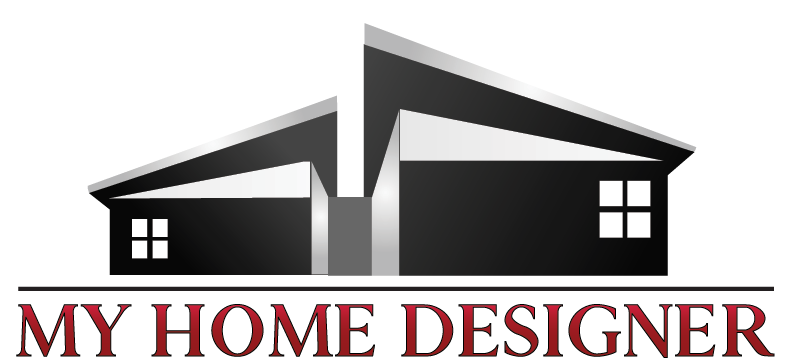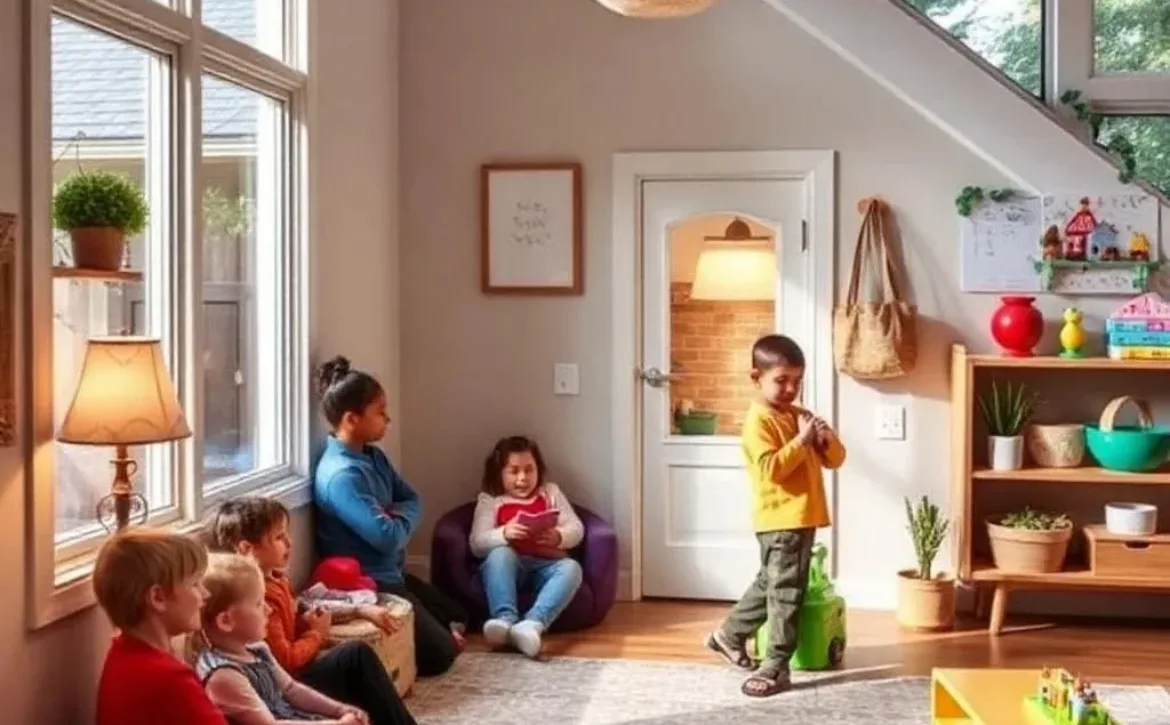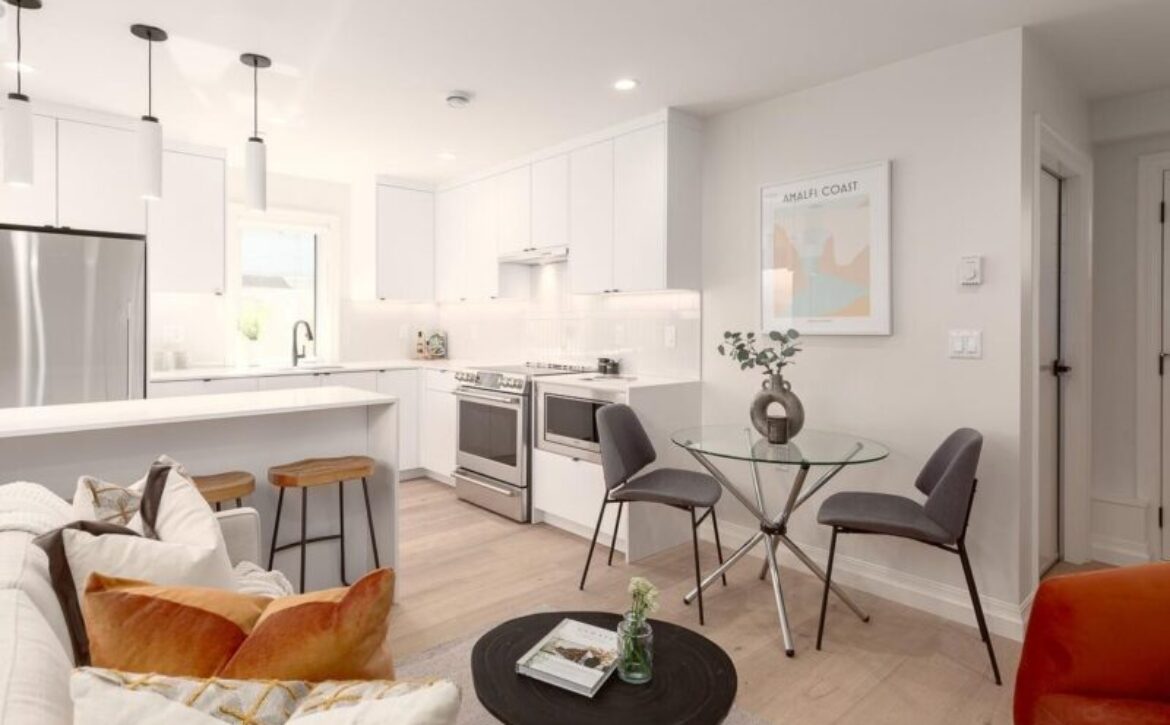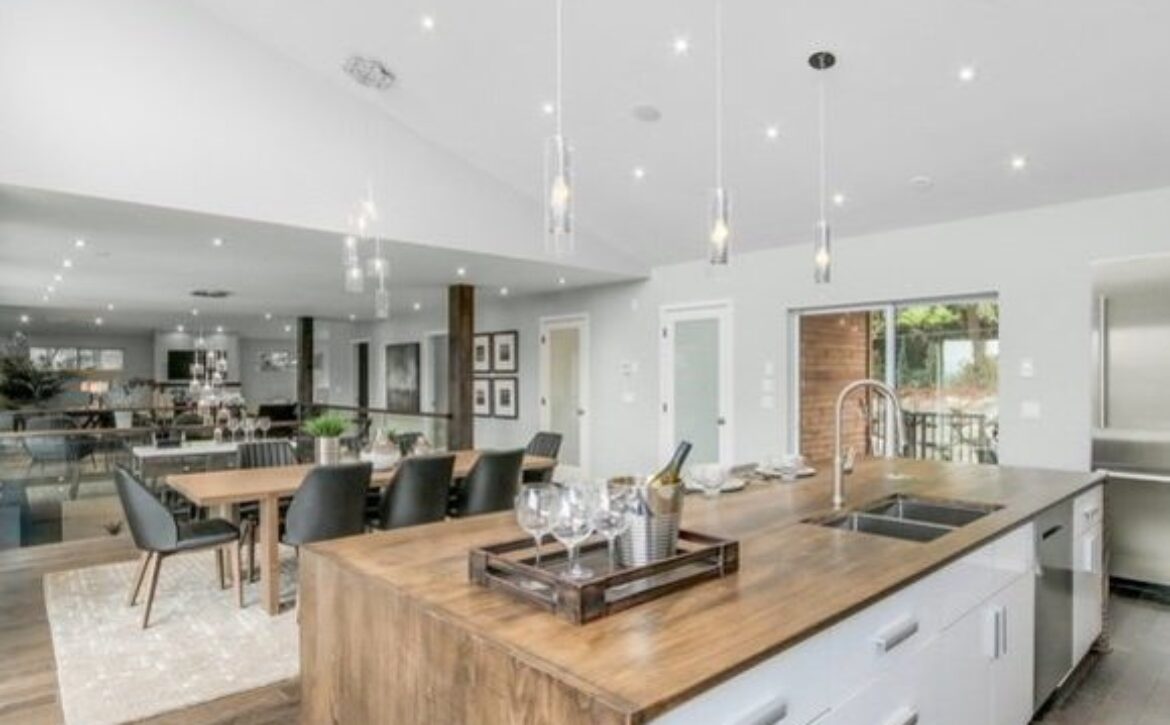How to Open a Daycare (Childcare) in Vancouver
How to Open a Daycare (Childcare) in Vancouver
Opening a daycare in Vancouver can be a rewarding venture, providing essential childcare services to families while building a thriving business. However, it requires careful planning, compliance with regulations, and a passion for working with children. Here’s a step-by-step guide to help you start a daycare in Vancouver.

- Research and Planning
Begin by researching the demand for daycare services in your desired neighbourhood. Understand the demographics, competition, and the types of daycare services in demand (e.g., full-day, part-time, specialized programs). Develop a detailed business plan outlining your goals, target market, budget, and marketing strategy.
If you are planning to use your own house, find out how the neighbourhood is growing generationally and if there is a need for such a service to come forward! - Understand Licensing Requirements
In British Columbia, daycare facilities must be licensed by the Community Care and Assisted Living Licensing Division under the Ministry of Health. Familiarize yourself with the Child Care Licensing Regulation, which outlines the standards for health, safety, staffing, and program requirements. Visit the BC government website to review the licensing process and application forms.
We helped many families to fill out the forms and apply for the permits when required. Ask us if you need any help! - Choose a Location
Select a suitable location that meets zoning and building requirements for a daycare. The space should be safe, child-friendly, and have adequate room for indoor and outdoor activities. Consider accessibility for parents and proximity to residential areas.
If you are using your house (your own or rented), make sure it meets all requirements before applying for the permit.
Here is the time you need to hire a designer or somebody like us to apply for a building permit so you can operate and later apply for the business license! - Develop Policies and Procedures
Create comprehensive policies covering health and safety, emergency procedures, nutrition, discipline, and child development. These policies must comply with provincial regulations and help ensure a safe, nurturing environment for children. - Hire Qualified Staff
Recruit staff who meet the qualifications set by the Ministry of Health. This often includes early childhood education certifications and clear criminal record checks. Staff-to-child ratios are strictly regulated, so ensure you hire enough qualified personnel to meet these standards. - Prepare Your Facility
Equip your daycare with age-appropriate toys, furniture, learning materials, and safety equipment. Ensure the facility is clean, secure, and well-maintained to pass licensing inspections. - Apply for a License
Submit your application along with all required documentation, including your business plan, policies, staff qualifications, and facility details. Prepare for an inspection by licensing officers who will assess your compliance with all regulations.
Our team is here to help you with the entire process at this stage! - Market Your Daycare
Once licensed, promote your daycare through local advertising, social media, and community events. Build relationships with parents and local organizations to establish a strong reputation. - Maintain Compliance
After opening, continue to adhere to all licensing requirements and stay updated on any regulatory changes. Regularly train your staff and maintain open communication with families.

Starting a daycare in Vancouver involves navigating regulations and creating a nurturing environment for children. With thorough preparation and dedication, you can build a successful daycare that serves your community’s needs.





